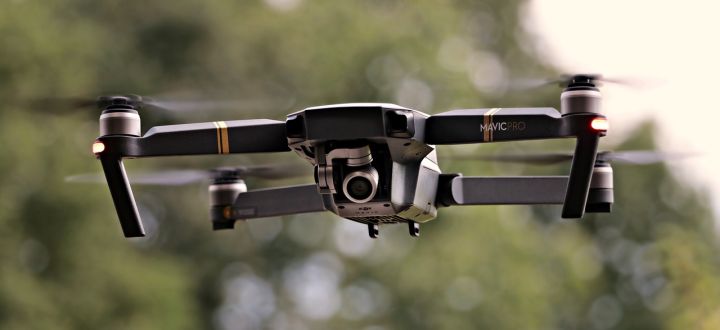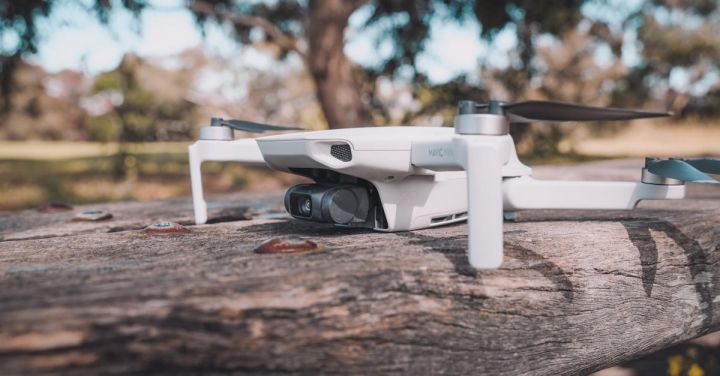What Are the Best Materials for Building Rc Airplanes?
Building RC airplanes is a popular hobby among aviation enthusiasts. Whether you are a beginner or an experienced builder, choosing the right materials for your project is crucial. The materials used can greatly affect the performance, durability, and overall flying experience of your RC airplane. In this article, we will explore some of the best materials that you can use to build your own RC airplane.
Balsa Wood: A Classic Choice
Balsa wood has been a staple in the RC airplane building community for decades. It is lightweight, yet strong, making it an ideal choice for constructing the framework of the airplane. Balsa wood is also easy to work with, allowing you to shape and form it into various parts of the airplane. However, it is important to note that balsa wood requires reinforcement in certain areas, such as the wing spar, to ensure structural integrity.
Foam: A Lightweight Alternative
Foam is another popular material used in RC airplane construction. It is lightweight and can be easily shaped and molded into different parts of the airplane. Foam is also more forgiving in crashes, as it tends to absorb the impact and bounce back. This makes it a great choice for beginners or those who are more prone to accidents. However, foam does have its limitations in terms of strength and durability, especially when compared to materials like balsa wood or carbon fiber.
Carbon Fiber: The Ultimate in Strength and Performance
For those looking for the utmost strength and performance, carbon fiber is the way to go. Carbon fiber is incredibly lightweight and strong, making it an excellent choice for high-performance RC airplanes. It is resistant to bending and flexing, which allows for more precise control during flight maneuvers. However, carbon fiber can be quite expensive and requires special tools and techniques for cutting and shaping.
Plastic: Affordable and Versatile
Plastic, particularly polystyrene or ABS, is a commonly used material for RC airplane construction. It is affordable, easy to work with, and offers good durability. Plastic can be molded into complex shapes, allowing for more design flexibility. However, it is important to choose the right type of plastic, as some may be too heavy for certain applications.
Composite Materials: The Best of Both Worlds
Composite materials, such as fiberglass or fiberglass-reinforced plastic (FRP), offer a combination of strength, durability, and versatility. These materials are made by combining different elements to create a composite structure that is stronger and more rigid than individual materials alone. Composite materials are often used in high-performance RC airplanes or for specific applications, such as the fuselage or wingtips.
Conclusion: Choosing the Right Material for Your RC Airplane
When it comes to building RC airplanes, choosing the right materials is essential for a successful and enjoyable flying experience. Whether you opt for the classic balsa wood, lightweight foam, high-performance carbon fiber, affordable plastic, or versatile composite materials, each has its own advantages and considerations. Consider the specific requirements of your project, your skill level, and your budget when selecting the best material for your RC airplane. Remember, the choice of material can greatly impact the performance, durability, and overall success of your project. So, choose wisely and happy building!







